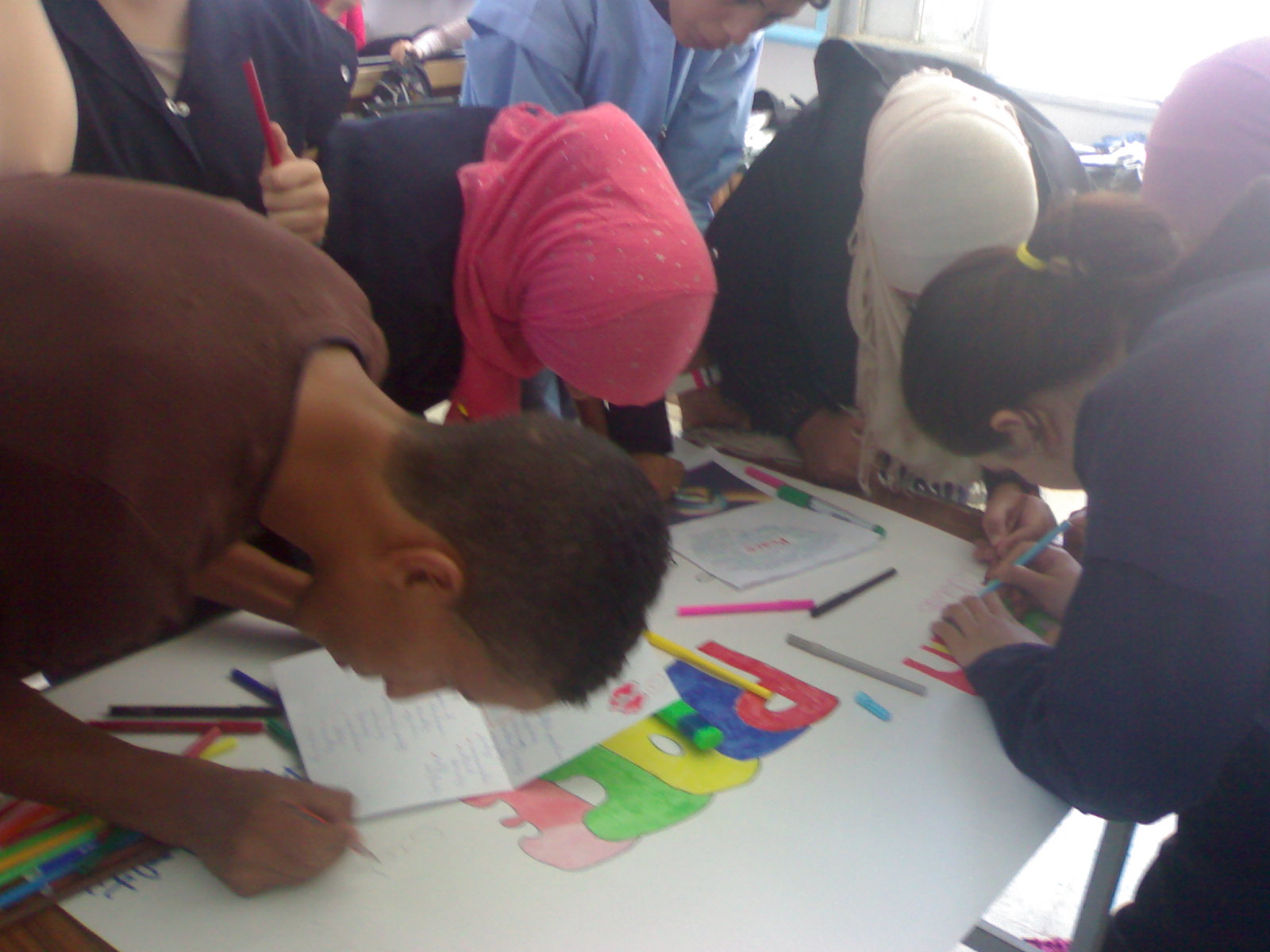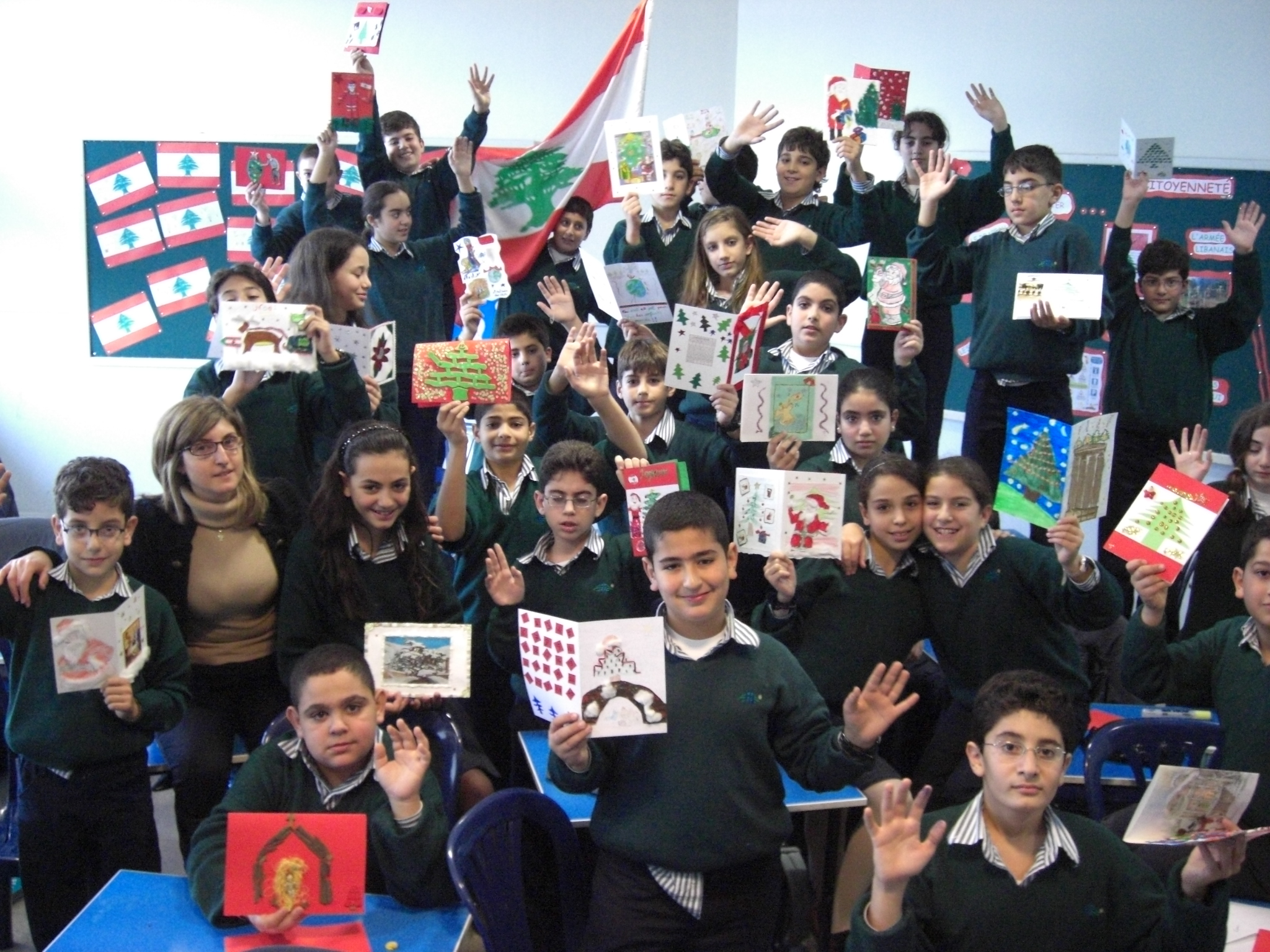Evaluating and Measuring Results
Now that you have learned more about students’ final products and presentations, this module will examine how these are linked to assessment and how you can evaluate the skills and knowledge that students develop as a result of their global project work. This section will also provide more information about the meaning of authentic assessment and what kinds of methods, tools, and resources you may wish to use to measure student learning throughout their project experience.
WHY IS ASSESSMENT IMPORTANT?
Good assessment techniques analyze what has already been learned, what still needs to be reviewed, and what new learning goals need to be introduced. If assessment is designed to measure the effectiveness of curriculum, then curriculum should also be driven by the results of previous assessment. This cycle ensures that students are always moving forward on their own learning continuum.
In order for assessment to promote learning, three elements must be in place:
- A clear understanding of the learning goals;
- Information about where the learner is in relation to those goals;
- A plan for closing the gap between what the learner knows and needs to know.
Assessment also sheds light on different styles of learning and which methods of instruction are most effective. Through assessment, an instructor gains the requisite information for choosing and utilizing those teaching strategies that best help a learner progress towards the goals of a project.
Each project or unit should begin with some sort of pre-assessment:
- Do students already know some of the material you plan to cover?
- Which students have gaps you’ll need to fill?
Assessing student progress also directly impacts how you deliver instruction by helping you to modify learning goals and plan the direction and pace of activities as necessary. For example, informal assessments at the end of each day can help you to map out goals for the following day; you may need to reinforce material with one group of students while introducing new material to others. At the end of the session, you’ll measure overall learning and identify areas for each student’s continued growth and development.
As an integrated part of instruction, assessment determines whether or not curricular goals are being met. It is used to measure the recent knowledge or skills that a student has acquired. We need to continually ask ourselves the following questions:
- “Are we teaching what we think we are teaching?”
- “Are students learning what they are supposed to be learning?”
- “Are my students critical thinkers? Problem solvers? Good communicators? Information and technology literate? Flexible and adaptable? Innovative and creative? Globally competent? Environmentally literate?”
Ideally, curriculum and assessment go hand-in-hand. Most iEARN projects are designed to engage students in real-world, relevant, holistic tasks, and build on students’ prior knowledge in order to achieve deeper learning. These projects attempt to teach skills that will allow students to face a world that is continually changing. Because of the ongoing nature of projects, it should be assumed that as the skill and knowledge base of our students change, so too should the learning goals. Teachers doing online global project work with their students have an opportunity to share creative ideas and innovative models for how to measure what matters most, both in terms of making a difference in the world and meeting established educational standards.
Authentic assessment develops closer and more complex relationships with students around concrete tasks that launch formal and in formal conversations, peer collaboration, and teacher feedback. It values the thinking behind work- the process- as much as the finished product.
~ Nour, Classroom Teacher, Tunisia
>> Top
WHAT IS AUTHENTIC ASSESSMENT?

Authentic assessment is a form of assessment that requires students to perform real-world tasks that demonstrate meaningful application of essential knowledge and skills. Authentic assessment could include such procedures as rating criteria on a scale, observing student performances, critiquing student products, conducting interviews, and reviewing a student’s previous performance as well as paper and pencil type testing. This more inclusive model of assessment broadens the kind of information that is collected about students and the way that this information is used to evaluate student learning. Authentic assessment is not merely the random recall of previously covered material, but instead builds upon the strengths that all learners bring to the learning situation and examines how competencies overlap and connect with one another.
Instruction, learning, and assessment are all connected and since online global projects often rely on an integrated, interdisciplinary approach, it is increasingly important to remember that paper and pencil testing is only one way to collect information about student learning. In fact, as students continue to use more dynamic, interactive tools to learn, adopting a broader approach to assessment is more appropriate.
Authentic assessment should:
- Document and promote the development of “real world” skills, such as problem solving and collaboration, as well as understanding of subject matter.
- Reflect student learning over time not just focus on one final student performance on a presentation or exam.
- Take place in a context familiar to the student.
- Present students with the assessment criteria before assessment takes place. (Some teachers may ask students to help develop rubrics for evaluating student work making students co-creators of their own evaluation criteria. Other teachers may use external criteria but explain them to the students before the project begins).
- Build real mastery of a subject by allowing students to revise their work and incorporate new understandings and constructive feedback.
- Require an authentic audience such as other classmates, parents, and community members.
HOW TO ASSESS PROJECT-BASED LEARNING
- Final Products: Whether students create a collaborative newspaper, film, conference presentation, website, artwork, model, or workshop, authentic final products show how students apply content and skills learned to real- world projects.
- Written Examinations: Traditional written examinations conducted either as closed book, open-book, individual, or group tests.
- Practical Examinations: Students apply skills learned during the project through completing a performance task such as a live demonstration or task on demand.
- Peer Assessment: Students give feedback to their classmates and evaluate how well others learned content and skills.
- Self-Assessment: Students evaluate their own learning and answer questions or write reports on what skills and content they learned.
- Teacher Assessment: Feedback provided by teachers that encourage students to explore different ideas. Teacher assessment may examine how successfully individuals interacted with their group and determine their level of cognitive growth.
- Oral Presentations: Students practice their verbal communication skills and prepare for the real world where they will likely be expected to present ideas and results clearly and accurately to their peers.
- Reports: Written communications where students organize ideas or arguments, give supporting evidence, and draw conclusions
- Student Portfolios: Samples of student work in various media forms to collect and showcase authentic evidence of learning.
Adapted from iEARN teacher Carolyn Davis list of assessments
True learning leads students to discover their own passions and their own accomplishments, not to just repeat what they learned without making it their own. Assessments that encourage students to process information in a way that requires real life skills and creates lasting learning are
authentic assessments.
~ Taraneh, Classroom Teacher, Pennsylvania
>> Top
Listed below are assessment examples used at various stages of the Finding Solutions to Hunger Project in which students study problems related to hunger/food security and then develop ways to address them.
Introductory stage
- Netiquette Quiz
- Scavenger Hunt
Implementation stage
- Food Diary
- Chart of Food consumed by food groups
Conclusion
- Self and Group Project Evaluations
- Service-learning activity
- Multimedia electronic book or video
NEXT STEP
In this module you have learned more about the meaning of authentic assessment and how to develop and use various methods to assess student learning throughout a global collaborative project. As you begin to think about the different ways to assess your students’ learning during projects, consider the links in the resources section which include further reading and more detailed examples and templates of rubrics, tasks on demand, data reflections, formative assessments and other relevant tools you may wish to develop or adapt for your students.
>> Top
